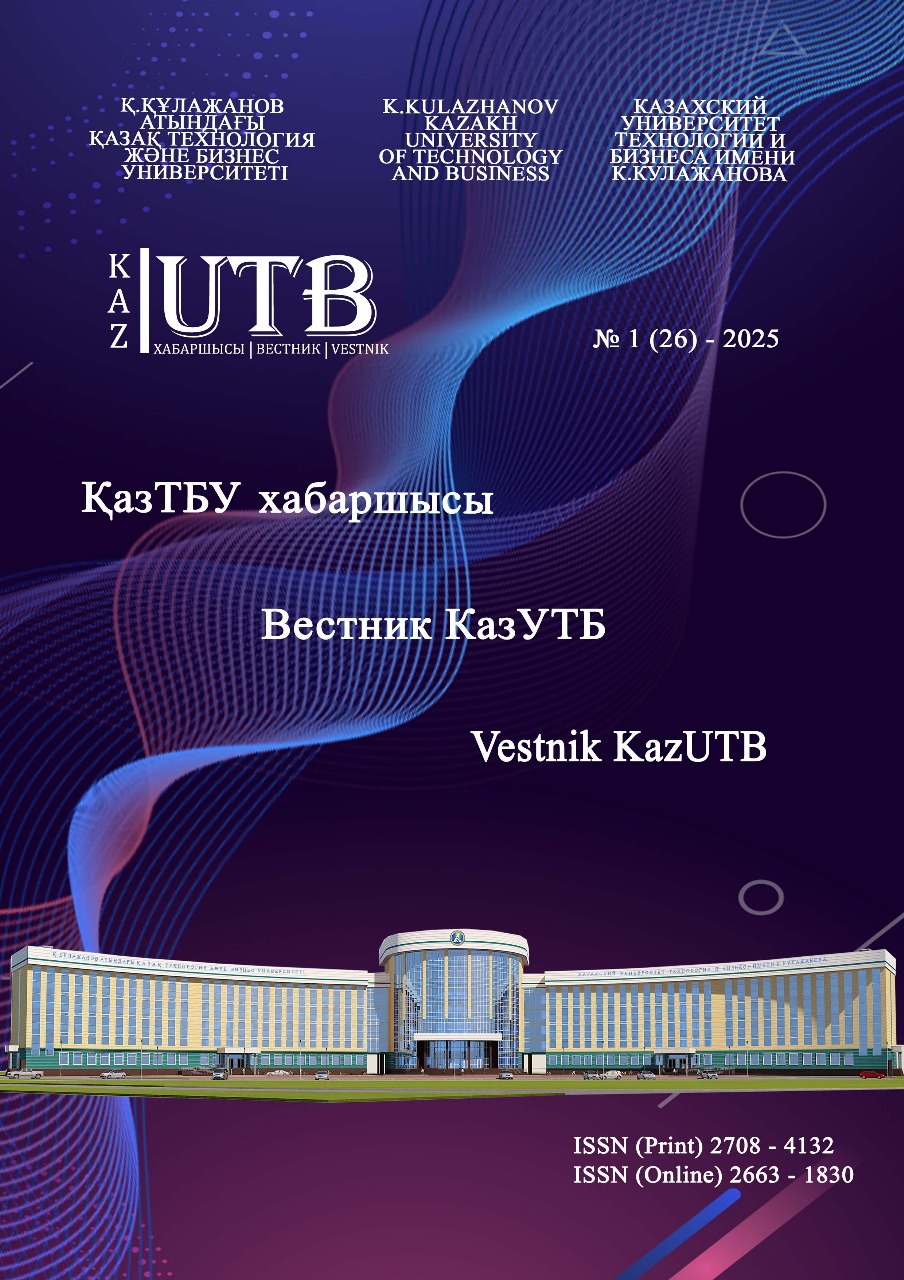Меню


Economy, business and services
No. 1 (26) - 2025 / 2025-03-31 / Number of views: 113
STUDY OF THE PROBLEM OF ENSURING FOOD SECURITY OF THE COUNTRY IN CONDITIONS OF EXTERNAL ENVIRONMENT VOLATILITY
Authors
Keywords
food security, food independence, system of food security indicators, food security criteria, system of food security category indicators.
Link to DOI:
How to quote
Abstract
The article is devoted to the consideration of methodologies for determining the level of food security, both at the global and regional levels. The article presents the developments of the world's largest organizations engaged in ensuring food security, both on the world stage and within individual states. The international experience of determining the level of food security, as well as indicators of food security is considered. Based on the analysis of indicators, it was concluded that in many countries the methodologies are very similar, but there is no single concept that could form the basis of a unified system and that could unite disparate indicators together.
As the world population continues to grow, much more effort and innovation is urgently needed to increase agricultural productivity in a lean manner, improve the functioning of the global value chain, reduce food losses and food waste, and ensure that all people suffering from hunger and malnutrition have access to adequate nutrition. Many members of the international community are convinced that hunger can be eliminated in the next generation and are working together to achieve this goal.
There was a need to increase the productivity of agricultural systems worldwide and to reduce the generation of agricultural waste. Restorative agricultural practices must be holistically and comprehensively implemented and food systems, including both food production and consumption, must be restorative.
Land, healthy soils, water and plant genetic resources are essential inputs for food production, and their careful use and sustainable management is becoming a high priority given their increasing scarcity in many parts of the world. Increasing the productivity of existing farmland, including restoring degraded land through regenerative agriculture practices, will also help to counter the need to clear forests for agriculture. Maintaining the productivity of drylands can be helped by judicious exploitation of scarce water resources through improved irrigation and storage technologies coupled with the development of new drought tolerant crop varieties.




